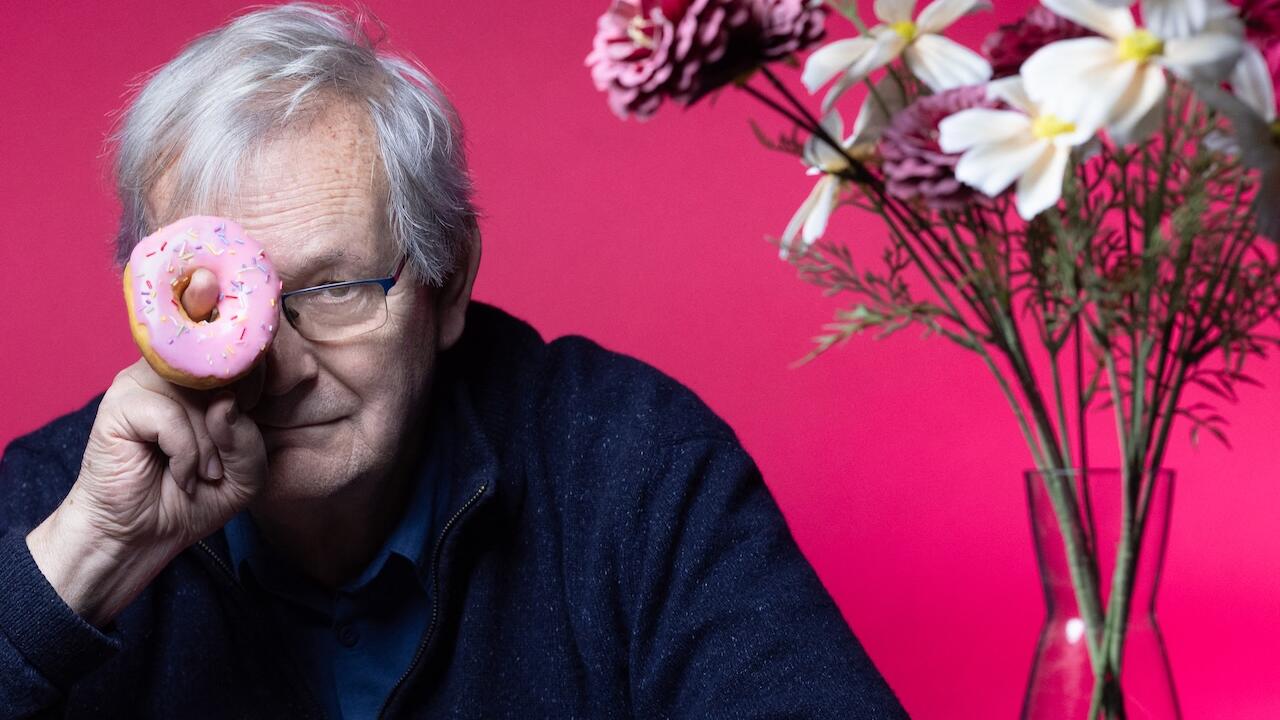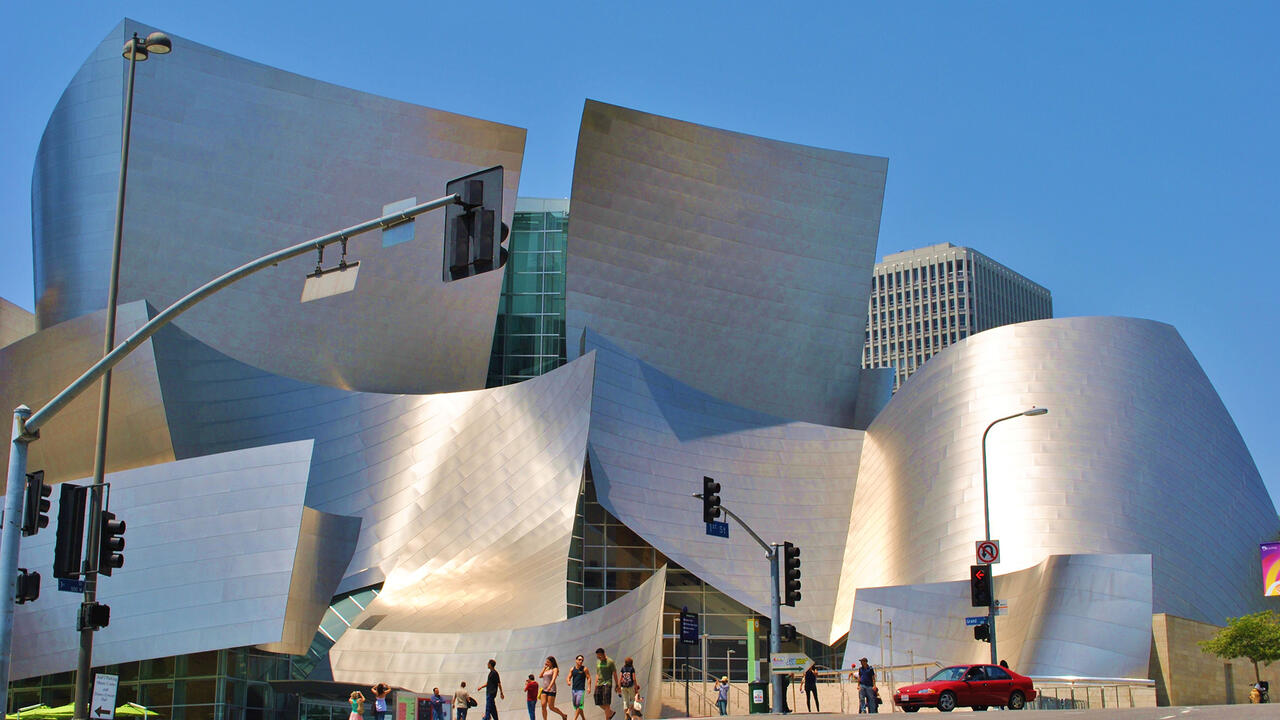Embracing Switzerland’s Cultural Divide
Although English has slowly permeated the Swiss art scene, the new director of Kunsthalle Bern is learning German – with good reason
Although English has slowly permeated the Swiss art scene, the new director of Kunsthalle Bern is learning German – with good reason

F abrice Stroun is learning German. Since being named the new director of Kunsthalle Bern, the Geneva curator has been attending a crash course. His predecessor, the francophone Belgian Philippe Pirotte, met the same fate. Pirotte first came to Bern in 2005, so in his case a German course made sense. But when someone from Geneva attends an ‘integration course’ in his neighbouring canton, he seems to become a foreigner in his own country. The canton Bern is bilingual; the capital Bern is only a stone’s throw away from Switzerland’s infamous linguistic-cultural boundary. The so-called Röstigraben – or Rösti ditch, in reference to a typical Swiss-German pan-fried potato dish – separates the country’s native francophones and germanophones. Many people from the German-speaking areas pride themselves on their knowledge of French; some places even apply the rule of ‘chacun parle sa langue’ (everyone speaks his or her own language). But Stroun wants to learn German along with Bernese German, the local dialect of High Alemannic German. He’s learning these languages, he says, not to bridge the linguistic divide between French-speaking and German-speaking Switzerland, but to allow himself ‘to operate on a local level and to maintain the Kunsthalle as a place for the people of Bern’. For Stroun, the Röstigraben seems to be irrelevant, a thing of the past. ‘In Switzerland, the art scene sees itself as a single entity. Today, my appointment as director of the Kunsthalle doesn’t cause a stir. I’m seen as a fellow countryman, as someone from Switzerland.’
Learning the languages may be merely a symbolic gesture to nurture links with the locals, but one wonders if there might be easier ways of pulling this off, for example, by staging suitable local events. Moreover, any communication problems could be remedied with English. As my French is halting and Stroun’s German is only just taking shape, we too converse fluently in English. And the young Swiss art scene is also using English more and more. Stroun calls them the ‘SBB generation’, after the Swiss national rail company. ‘Today’s artists under 30 are always on trains, commuting between Zurich, Geneva, Basel and Lausanne. They easily overcome the language barriers in order to collaborate with one another’. So is English the new, unofficial fifth national language of a united Swiss art scene? Have we finally created a level linguistic playing field, overcoming the Franco-German divide as well as differences between Italian and Romansh speakers?
This scenario, however appealing, overlooks several important peculiarities of Switzerland. To speak of an ‘SBB generation’ is to ignore the many Swiss over 30 who successfully live and work as polyglots. Among other things, one’s choice of language is a generational issue. Talking with a francophone Swiss colleague in ‘SBB English’ – even if we do understand each other more or less – makes me feel uneasy. I would rather talk with someone from Romandy in fluent French than in English (although I prefer to speak English to people from France). If Switzerland is polyglot, the Swiss want to be the same; multilingualism is a matter of identity. The French-speaking Swiss may not share my unease since no one in Romandy freely chooses to speak German to me. Any aversion to German is directed against the German-speaking majority which has outvoted Romandy on the federal level for as long as anyone can remember. And as long as there are different percentages of French, German, Italian and Romansh speakers in Switzerland, there can never be a level playing field, with or without English. Ultimately, Stroun is learning German because the Röstigraben still exists. A curator from Romandy is expected – quite rightly – ‘to promote the bridging function of the Kunsthalle, both artistically and in terms of language regions’, as the President of the Kunsthalle Bern Society, Wolf von Weiler, put it in an interview with the daily newspaper Der Bund.
Switzerland has neither a common language nor a common religion, but it does have a common volition holding the country together. We express this volition when we attend a German course, or when we use ‘SBB English’ with a certain unease. Language is not a national asset but always a personal decision, often with a political dimension. For this reason, I’m all for the Röstigraben. We cannot fill the ditch dividing us. We can only keep bridging it, again and again.
Translated by Nicholas Grindell












